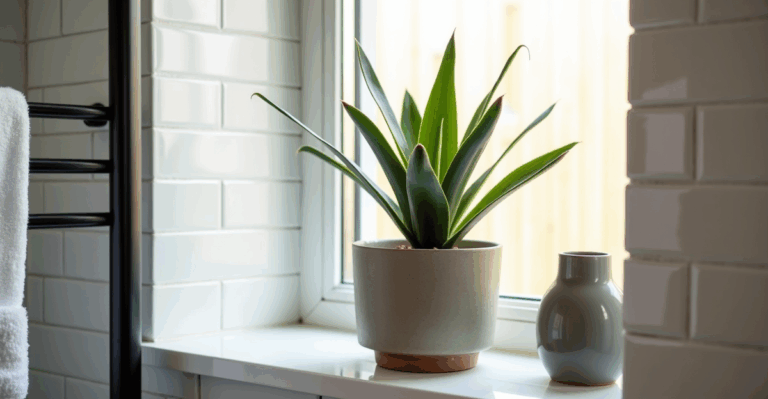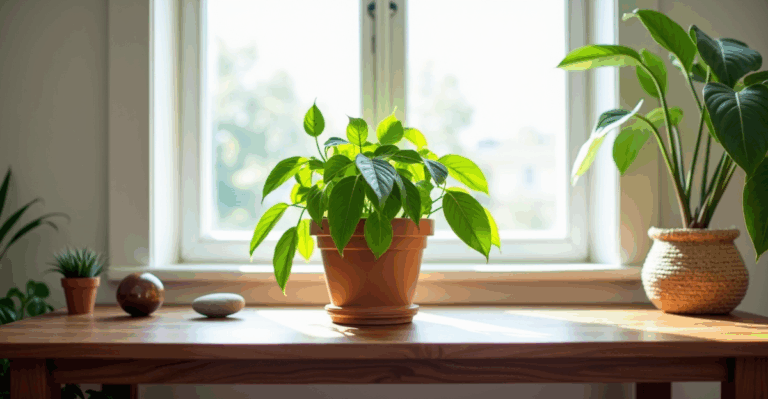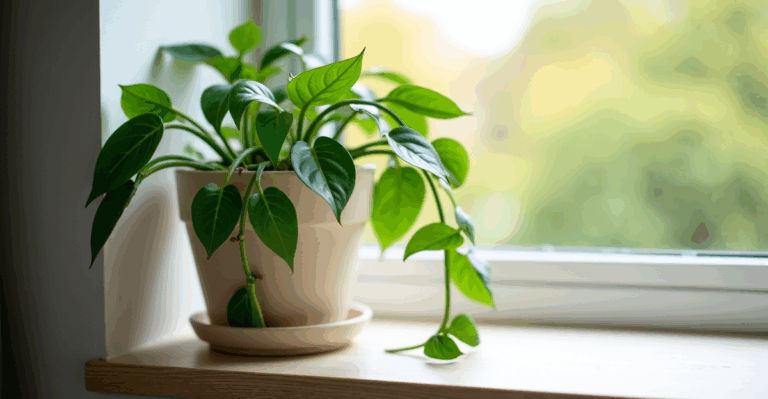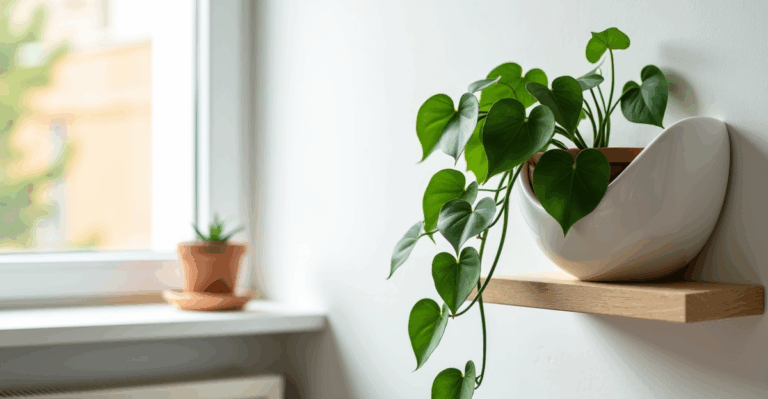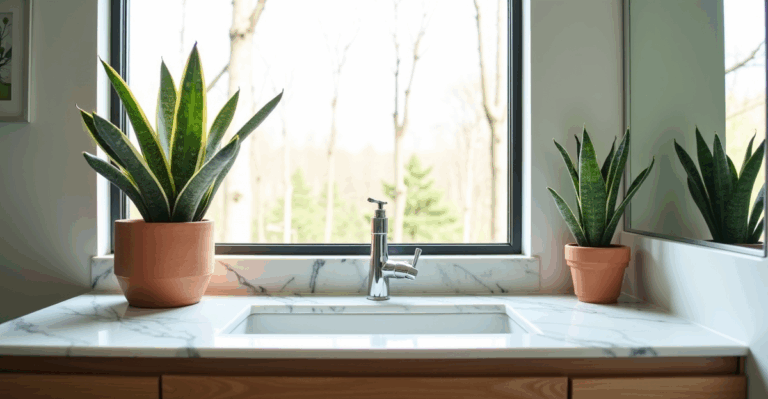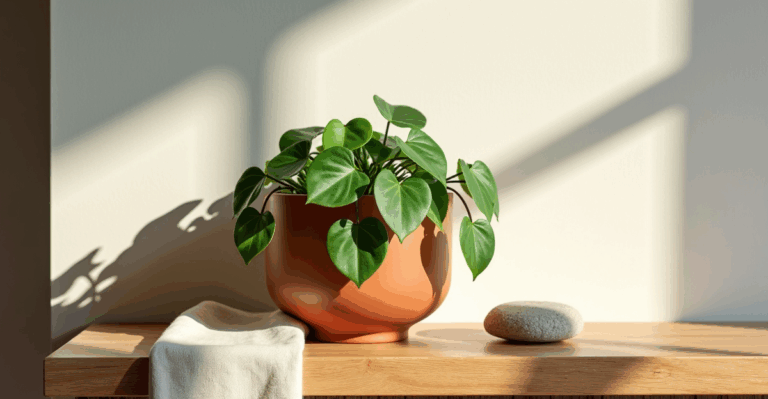Your South-Window Strawberry Patch: Why Dappled Light is the Secret (Not Direct Sun)
You’re sitting at your desk, sunlight streaming through the east-facing window onto your monstera, when you glance over at the little pot of strawberry runners you started from a store-bought berry. The leaves look pale, the new growth is stunted, and the tiny flowers you coaxed out are wilting. You’ve been watering every few days like you would for your peace lily, but something’s off. It’s not just the watering. It’s the light. That direct, intense afternoon sun? It’s literally burning your strawberries. We’ve all been there—trying to grow edibles in our favorite window spot without realizing how different their light needs are from your standard houseplants.
Strawberries aren’t just another succulent to squeeze into your shelf. They’re small fruiting plants that thrive in bright, indirect light, not the harsh beams that scorch a pothos. But the good news? If you’ve ever styled a fern under a sheer curtain or positioned a calathea near a north window, you already have the foundational knowledge. You just need to tweak it slightly for this juicy little project. And the best part? You don’t need a backyard. A single sturdy container by your kitchen window or on your patio railing can yield a surprising amount of sweet berries, all while fitting seamlessly into your existing indoor gardening rhythm.
Why Direct Sun is a Strawberry’s Worst Enemy (and What to Do Instead)
Most of us assume “bright light” means full sun, like for a cactus on a windowsill. But strawberries hate that. In nature, they grow under the dappled canopy of trees—think morning sun filtered through leaves, not the blazing noon sun on your south-facing window. When you place them in direct, unfiltered sun, the leaves get sunburned (those crispy edges you’re seeing), the soil dries out way too fast, and the berries develop uneven color or fail to set at all.
We’ve seen it time and again with our customers: planting strawberries in a ceramic pot on a sunny kitchen windowsill, then wondering why they look stressed. The fix isn’t moving them to a darker corner (they need light to fruit), but redirecting that light. The ideal spot? A 3–4 foot distance from a south or west window, or directly in front of an east-facing window (where the morning light is gentle). If you only have a south window, place them on a shelf behind a sheer curtain or beside a taller plant like a fiddle leaf fig that softens the light. Dappled is the goal—like sitting under a tree on a bright day.
Real-Life Example:
My friend Sarah tried growing hers on her south-facing patio table in summer. By week three, the leaves were brown-edged, and the berries were tiny and sour. She moved them to a shaded spot under her maple tree outside (not indoors), and within a week, the new growth was vibrant. For indoor growers, a similar effect happens with a sheer curtain or a few feet back from the glass. It’s not about less light—it’s about the right kind of light.
The Drainage Dilemma: Why Standard Pots Fail (and What to Use)
Strawberries love moisture but detest soggy roots. They’re prone to crown rot if the soil stays wet too long, which is a huge problem in standard clay or plastic pots that don’t drain well. Most indoor planters—especially those with no drainage holes (like ornamental cachepots)—are a death sentence for strawberries. You’ll water them, the soil stays wet, and the roots drown while you’re busy admiring your new Philodendron.
The solution? A container with ample drainage holes—no exceptions. But here’s what most indoor gardeners miss: the pot’s weight matters more than you think. Heavy clay pots are great for slow-drying plants like snake plants, but they make moving strawberries (or even just rotating them for even light) a chore. And if you’re growing them on a shelf, a heavy pot risks tipping over, especially when wet.
Why 3D-printed planters solve this:
They’re engineered for lightweight strength. We use food-safe, porous materials that mimic clay’s moisture regulation without the weight. The drainage holes are precisely sized—not too big to wash out soil, not too small to clog. And the sleek, modern shapes fit perfectly into your existing shelf or rail setup, without looking like a garden tool. No more struggling to lift a 5-pound pot when you need to rotate it for sun exposure.
Watering Smart: From “Soak and Hold” to “Let the Top Dry”
If you’ve ever overwatered a succulent because you thought “more is better,” you’ll relate. With strawberries, the opposite is true. They need consistent moisture (not dry soil!), but not constant saturation. The rule? Water when the top 2–3 inches of soil feel dry to the touch. Stick your finger in—it’s the most reliable way. Overwatering leads to root rot; underwatering causes tiny, bitter berries.
Seasonal Shifts Matter:
In spring and summer (when they’re actively growing and fruiting), you’ll need to water every 2–3 days, depending on your home’s humidity. In winter, when growth slows, this might drop to once a week. If you live in a dry climate (or run heating in winter), mist the leaves lightly once a week—strawberries like humidity but not wet roots.
Avoiding the Pitfall:
If you see yellowing leaves, don’t just water more. Check the soil first. It’s likely overwatering, not underwatering. Flush the soil with distilled water once a month to prevent mineral buildup from tap water—especially if your home has hard water. This is a tip we learned the hard way with our own LECA-grown calathea (the white crust on the soil? Not a good sign!).
Styling Your Strawberry Patch: From Kitchen Counter to Gallery Wall
This is where your plant-styling instincts shine. Strawberries aren’t just functional—they’re pretty. Their lush green leaves, delicate white flowers, and jewel-like berries add a touch of garden whimsy to any shelf or windowsill. Here’s how to integrate them without breaking your aesthetic:
- On a Shelf: Place a single strawberry pot on a floating shelf with a small trailing pothos or air plant for layered texture. The vertical growth of the strawberry runners contrasts beautifully with the pothos’s cascading vines.
- In a Hanging Planter: Hang a small basket planter (like a macramé hanger) near a sunny window. The runners will spill over the edge, creating a living curtain. Tip: Use a lightweight 3D-printed pot inside the hanging basket for better drainage and weight balance.
- On a Rail or Window Sill: Group 2–3 pots in varying heights on a window sill rail. Add a small moss pole (for a trailing vine) or a tiny ceramic bowl filled with river stones for a natural touch.
Avoid the Mistake:
Don’t crowd them. Strawberries need airflow around their leaves to prevent mildew. A single pot on a shelf is better than two pots crammed together. And always use a tray under the pot—strawberries drip a little, and a tray keeps your surfaces clean.
Edge Cases & What to Watch For
Not every home is ideal for strawberries. Here’s what to expect:
- Low-Humidity Winters: In dry winter air (common in heated homes), leaves may turn brown at the edges. Solution: Group plants together for micro-humidity or use a small humidifier nearby.
- Pests: Strawberries attract aphids and spider mites. Check leaves weekly for tiny insects or fine webbing. Spray with a mix of water and a drop of dish soap (not oil-based—can clog leaves).
- Fruit Set Issues: If you’re growing for berries (not just the plant), pollination might be slow indoors. Gently shake the plant during flowering to help transfer pollen.
- Not for Year-Round Indoors: They’ll produce berries most heavily in spring/summer. In winter, they’ll go dormant—this is normal. Don’t expect berries year-round.
The Trade-Off:
You won’t get a continuous harvest like you might with a basil plant. But the joy of plucking a ripe berry from your own kitchen window? Totally worth it.
Why This Works for Your Indoor Garden
Growing strawberries in containers isn’t about replacing your monstera or repotting your fiddle leaf. It’s about extending your existing skills to something new, fun, and delicious. You already know how to manage light (dappled, not direct), drainage (holes matter!), and watering (top 2–3 inches dry). You’ve styled plants on shelves, used trays, and chosen pots that fit your aesthetic. Now you’re applying that same knowledge to a different plant that rewards you with food. It’s the perfect bridge between “just a houseplant” and “I’m growing my own food.”
And the best part? You don’t need special tools or a backyard. Just the right container, the right light, and a little patience. Because if you can grow a calathea in LECA or a snake plant on a south window, you’ve absolutely got this.
When you’re ready to grow your setup, explore our 3D-printed planters.
Key Takeaways
– Strawberries need bright indirect light (dappled), not direct sun.
– A lightweight, well-draining pot is non-negotiable for healthy roots.
– Water when the top 2–3 inches of soil are dry—not on a schedule.


